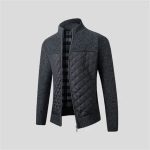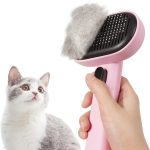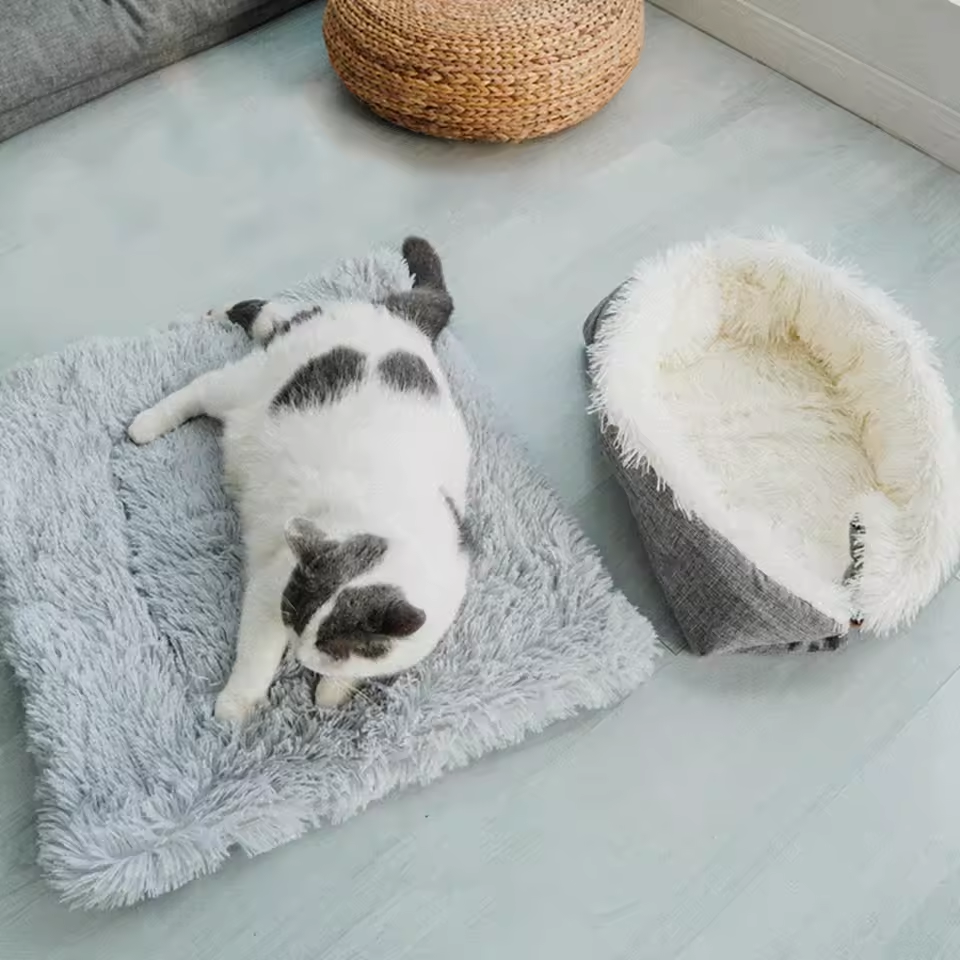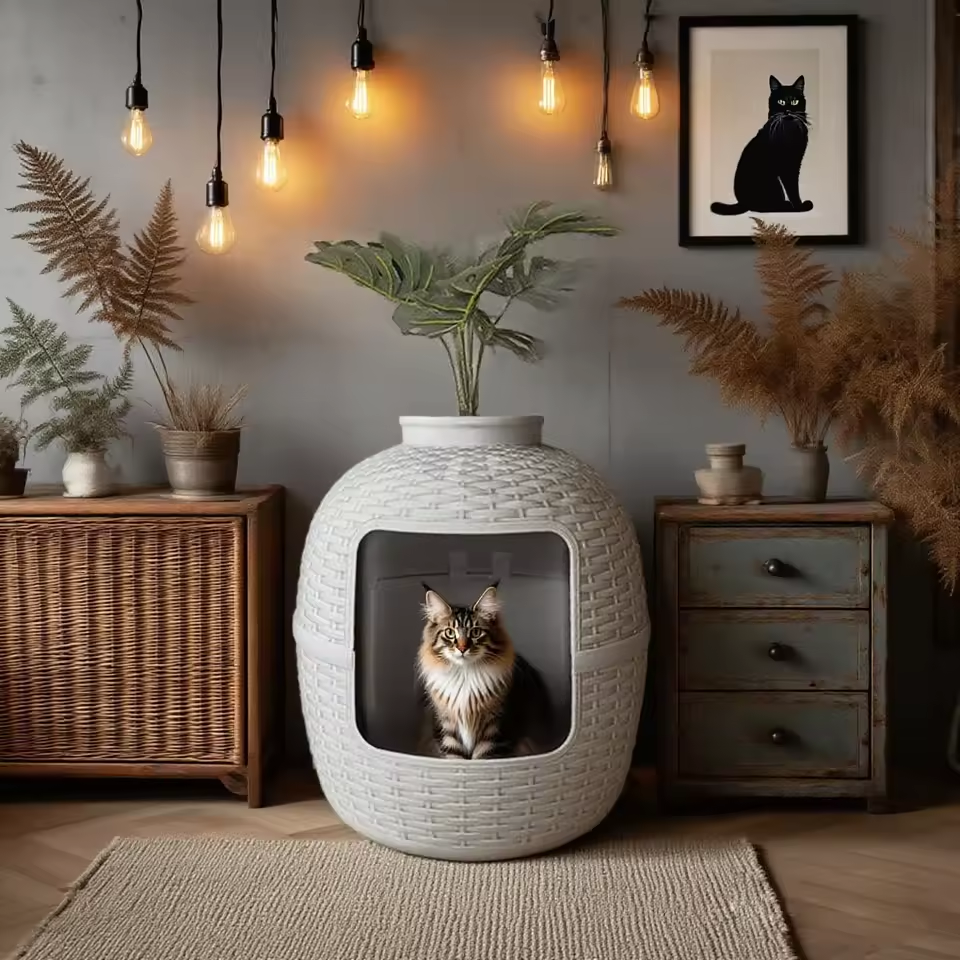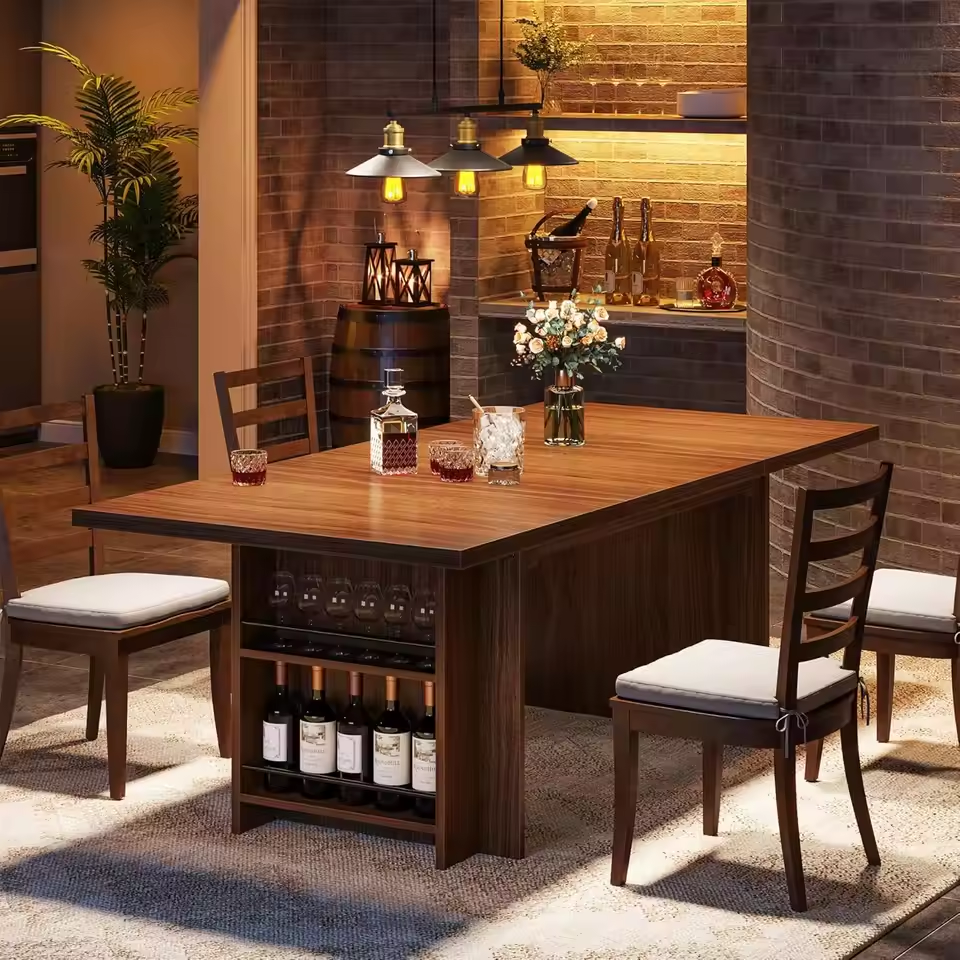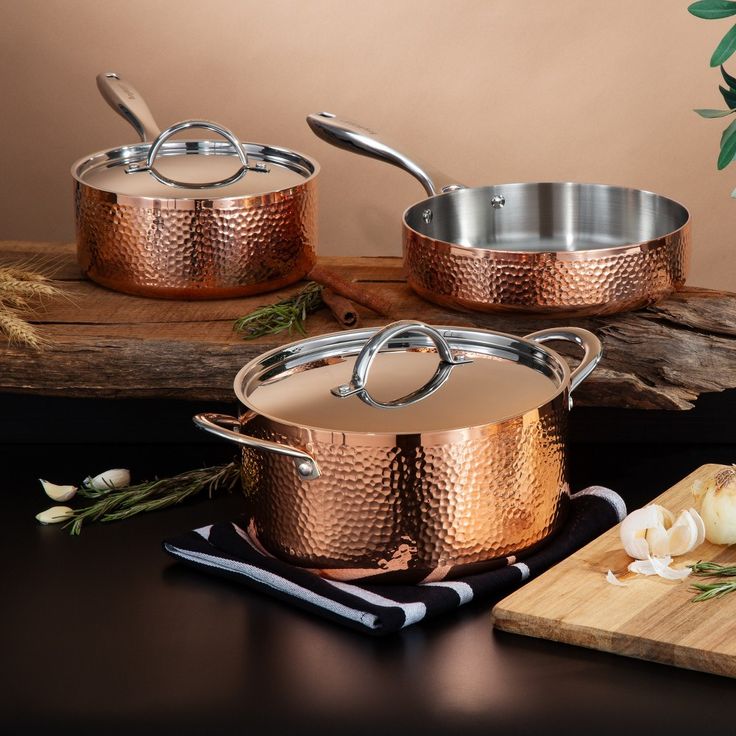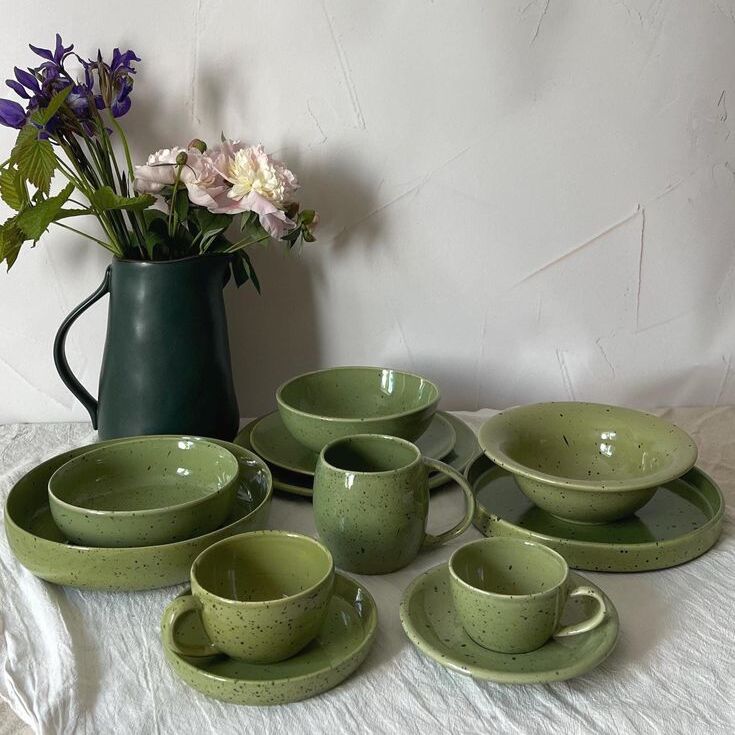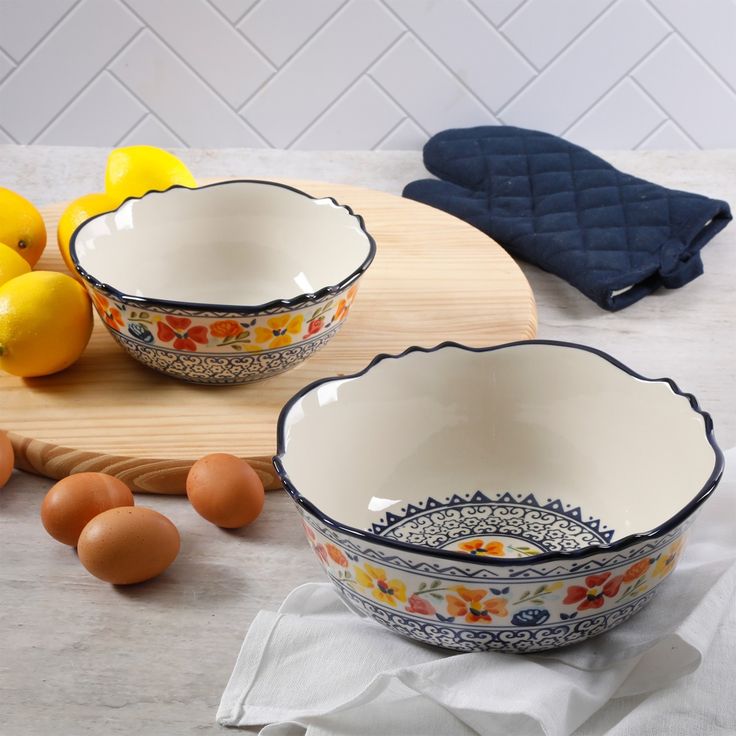Importance of the Right Cookware for Omelettes
Choosing the right omelette pan is essential for perfect results. The correct cookware impacts cooking efficiency and flavor. Using unsuitable pans can lead to uneven cooking or sticking. Omelette cookware should be tailored to your needs and preferences. Proper pans enhance texture, appearance, and consistency.
Well-designed omelette cookware helps maintain even heat distribution. It prevents hotspots, ensuring every bite is cooked perfectly. Quality pans are also easier to handle, making flipping and folding stress-free. Durability matters as it ensures long-term use without frequent replacements.
Investing in the right pan saves time and frustration in the kitchen. A good pan allows effortless cooking and cleaning. It reduces irritation caused by food sticking or poorly cooked omelettes. Choose wisely for stress-free mornings and tastier meals.
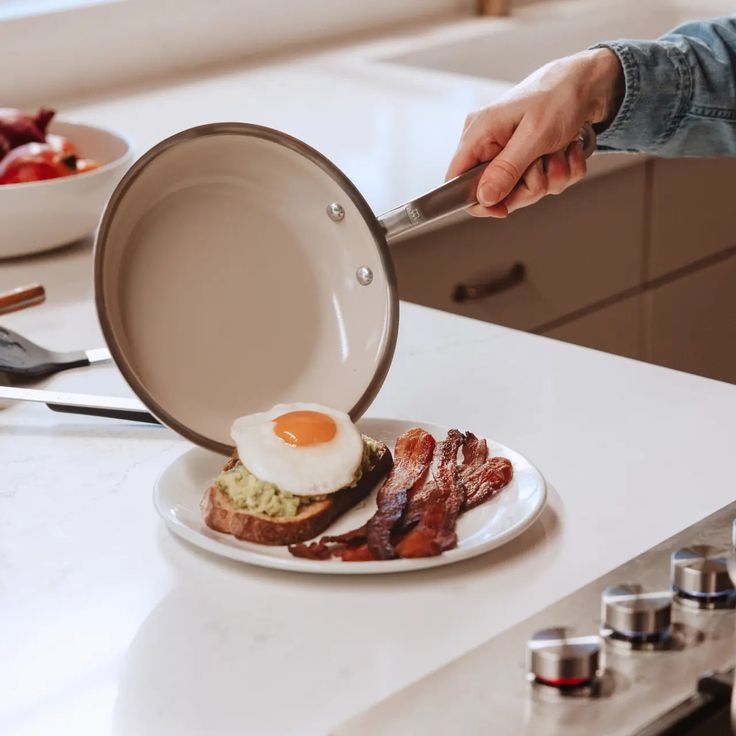
Key Features to Look for in an Omelette Pan
Non-Stick Surface: Why It Matters
A non-stick surface is crucial for cooking perfect omelettes. It prevents sticking and promotes smooth flipping. You can achieve neat folds and even textures effortlessly. Non-stick coating makes cleaning easy, saving time and effort. Choose high-quality non-stick pans for durability and consistent results. Ensure the coating is PFOA-free for healthier cooking.
Ideal Pan Size and Shape for Omelettes
The size and shape of your pan affect your omelette’s appearance and cooking process. For single servings, an 8-inch pan works best; for larger omelettes, opt for 10 to 12 inches. Choose a pan with slightly sloped edges for easier flipping and sliding. Avoid pans that are too deep or flat, as they hinder folding.
Heat Distribution and Retention
Consistent heat distribution ensures your omelette cooks evenly. Uneven heat can leave some parts undercooked. Look for pans with a solid base that spreads heat uniformly. Retention is equally important; it keeps the pan at a steady cooking temperature. Materials like aluminum and cast iron excel in these features. A pan with good heat retention also reduces cooking time.
Materials: Which One is Best for Cooking Omelettes?
Choosing the right material for your omelette cookware is important for achieving great results. Different materials offer unique benefits and may suit specific cooking needs. Below, we explore popular materials used in omelette pans to help you make an informed decision.
Aluminum
Aluminum pans are a popular choice due to their excellent heat conduction. They heat quickly and evenly, reducing cooking time and preventing hotspots. Lightweight and easy to handle, aluminum pans are great for effortless flipping. Most aluminum pans are coated with non-stick layers, ensuring smooth cooking and easy cleanup. However, they can be prone to scratches if not handled properly, so use non-metal utensils.
Stainless Steel
Stainless steel pans are durable and long-lasting. They resist rust and staining, even with regular use. While stainless steel is not naturally non-stick, many options come with coatings for smoother cooking. These pans require more heat management since they don’t conduct heat evenly like aluminum. Stainless steel is a better choice for experienced cooks who enjoy precise temperature control.
Cast Iron
Cast iron pans offer superior heat retention and durability. They cook omelettes evenly, maintaining steady heat throughout the process. With proper seasoning, cast iron pans develop a natural non-stick surface over time. They are heavy, requiring strong handling and extra care during cleanup. Ideal for those who value versatility, cast iron is also perfect for dishes beyond omelettes.
Ceramic Coated Pans
Ceramic-coated pans bring a healthy, eco-friendly option to omelette cooking. Their smooth surface ensures perfect non-stick performance without harmful chemicals. These pans distribute heat well, preventing uneven cooking. Ceramic coatings are scratch-resistant, providing longer use. However, they may lose their non-stick properties with excessive high-heat usage, so avoid overheating.
Each material offers its own advantages. Consider your cooking style and maintenance needs before deciding which material is best.
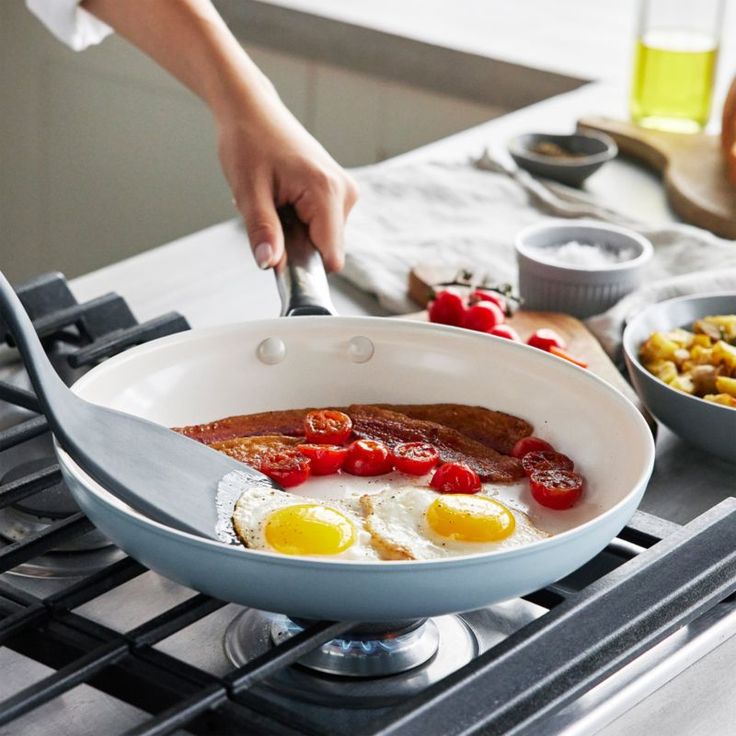
Comparing Different Pan Handles and Their Advantages
Pan handles play a crucial role in ensuring comfort and control in the kitchen. Their design significantly impacts safety, efficiency, and overall cooking experience, particularly when making omelettes. Understanding the various materials and designs available can help you choose omelette cookware that suits your needs. Let’s break down the different types of handles and their unique advantages.
Stay-Cool Handles
Stay-cool handles excel at providing safety during high-heat cooking. These handles remain cool to the touch, even when the pan is heated on the stovetop. By preventing burns, they significantly improve safety for all cooks, especially those who are beginners. The materials commonly used for stay-cool handles include silicone and phenolic resin, known for their heat resistance. With stay-cool handles, you can focus on perfecting your omelette without worrying about accidental burns. These features make them an excellent choice for beginners or anyone who prefers extra safety in the kitchen.
Stainless Steel Handles
Stainless steel handles are another popular option known for their durability and modern appearance. They resist high heat and are often oven-safe, allowing for versatile cooking methods. However, it’s essential to note that stainless steel handles can become hot during stovetop cooking. Thus, using an oven mitt or pot holder is advisable when handling these pans. Their sleek design and robustness make them a favorite among many culinary enthusiasts. For the chef who loves versatility and a polished look, stainless steel handles are an ideal choice.
Ergonomic Handles
Ergonomic handles focus on comfort and grip. These designs cater to those who frequently cook large omelettes or perform repetitive lifting and flipping. Ergonomic handles reduce strain on the hands and wrists, promoting a more comfortable cooking experience. Look for handles with a non-slip texture, as they provide extra control and stability when maneuvering the pan. This feature is especially beneficial during busy cooking sessions when quick movements become necessary.
Riveted vs. Rivetless Handles
Riveted handles are attached firmly, ensuring stability and long-term durability. However, they can accumulate food residue around the rivets. Rivetless handles offer a smoother surface, making cleaning easier. They are less common but provide a seamless finish.
Length and Angling of Handles
Long handles stay cooler than shorter ones and provide better leverage. Angled handles make flipping easier by offering ergonomic control. Choose a handle length and angle based on your cooking style.
Understanding handle options helps in selecting the perfect omelette cookware. Prioritize safety, comfort, and durability when assessing handle features.
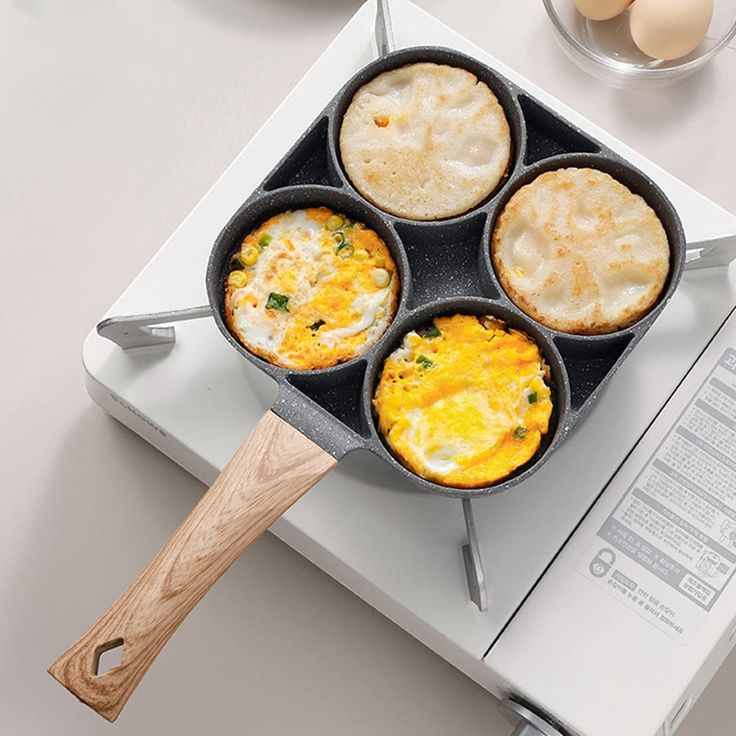
Maintenance Tips for Long-lasting Omelette Pans
Proper care extends the life of your omelette cookware. Different materials require unique maintenance practices. Below are essential tips for keeping your pans in top condition.
Cleaning Techniques for Non-stick Pans
Non-stick pans require gentle cleaning to protect their coating. Follow these steps for effective cleaning:
- Always let the pan cool down before washing. Sudden temperature changes can damage the coating.
- Hand wash the pan using warm water and mild dish soap. Avoid harsh detergents.
- Use a soft sponge or cloth to clean the surface. Scrubbing with rough pads can scratch the coating.
- Never use metal utensils on non-stick pans to prevent scratches.
- Dry the pan immediately after washing to avoid water spots.
These techniques help maintain the non-stick layer and prolong the pan’s usability.
Proper Seasoning for Cast Iron Pans
Seasoning is crucial for cast iron pans. It creates a natural non-stick surface and prevents rust. Here’s how to season your cast iron pan:
- Clean the pan thoroughly with warm water and mild soap. Dry it completely.
- Apply a thin layer of cooking oil to the entire surface, including handles and edges.
- Place the pan upside down in an oven preheated to 375°F (190°C).
- Bake it for one hour, then let it cool in the oven.
Repeat this process periodically to maintain the coating. Always store cast iron pans in a dry place to prevent rust.
By following these maintenance tips, you ensure your omelette cookware remains efficient and durable for years.
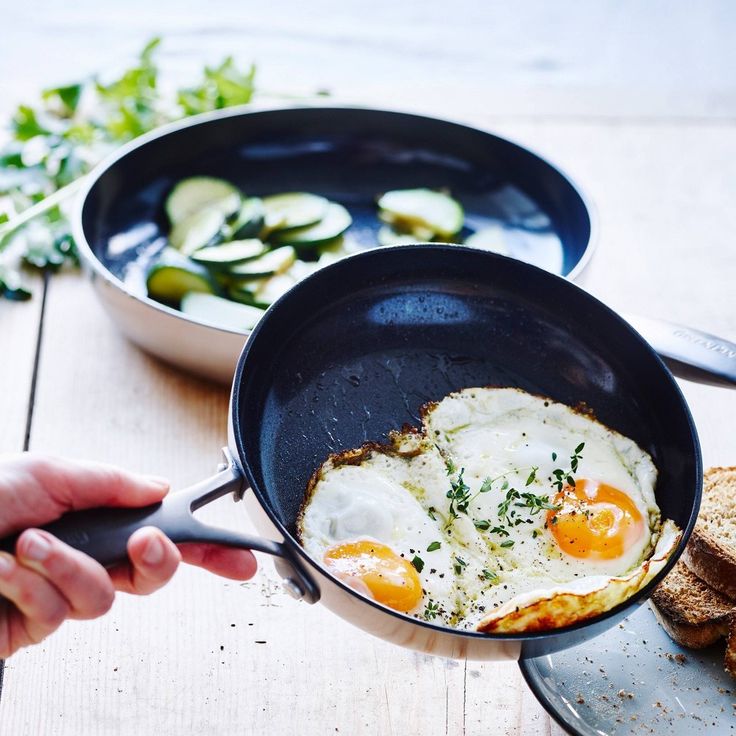
Top Rated Omelette Pans on the Market
Discovering the best omelette pans can save you time and frustration in the kitchen. Top-rated pans combine durability, non-stick performance, and ease of use. Below are some highly recommended options:
T-fal E93808 Professional Nonstick Fry Pan
The T-fal E93808 offers excellent heat distribution and durability. Its non-stick coating ensures easy flipping and cleaning. The pan includes a built-in Thermo-Spot indicator, showing when it’s preheated properly. With a comfortable handle, cooking omelettes is simpler and safer.
Cuisinart Chef’s Classic Nonstick Skillet
This Cuisinart skillet features hard-anodized aluminum for optimal heat retention and distribution. The premium non-stick interior guarantees smooth cooking and cleaning. Its sloped sides make flipping easy, while the stainless steel handle offers a firm grip.
Calphalon Classic Fry Pan
Calphalon’s fry pan delivers superb everyday performance. The hard-anodized aluminum ensures even cooking, eliminating hotspots. The dual-layer non-stick coating helps achieve perfect folds with minimal sticking. It’s oven-safe, adding versatility for advanced recipes.
GreenPan Ceramic Nonstick Frypan
GreenPan’s ceramic frypan offers eco-friendly and healthy cooking with a durable non-stick coating. Its ceramic surface avoids harmful chemicals like PFAS and PFOA. The lightweight design and ergonomic handle make it ideal for stress-free cooking sessions.
Lodge Cast Iron Skillet
Lodge brings a timeless cast iron option for those prioritizing durability and heat retention. Well-seasoned, it provides natural non-stick benefits. This skillet excels at delivering a rustic cooking feel and consistent results, perfect for traditional omelette enthusiasts.
Each of these pans brings unique advantages. Consider your cooking habits and material preferences when choosing the ideal omelette cookware for your kitchen.
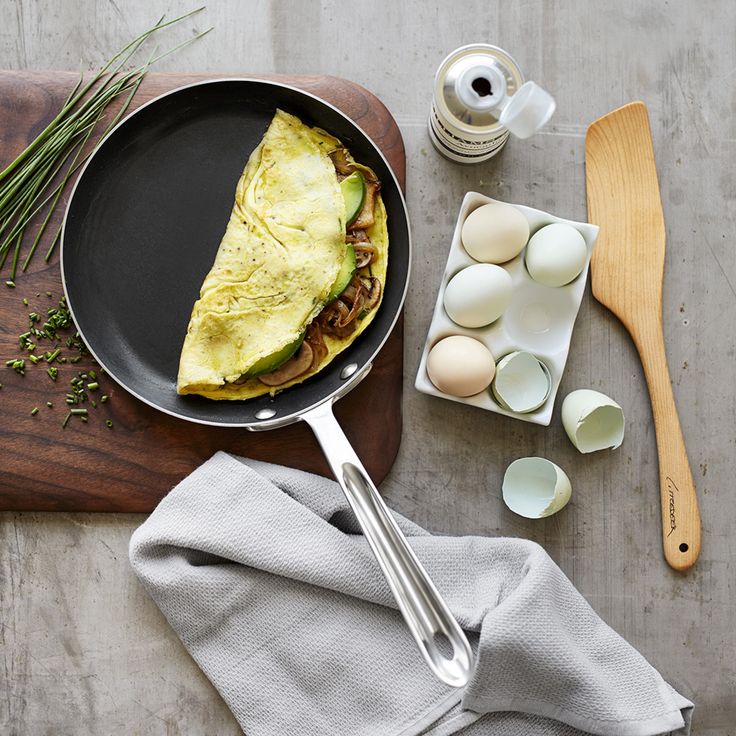
Common Mistakes to Avoid When Choosing an Omelette Pan
Choosing the right omelette cookware is essential for achieving perfect omelettes every time. However, many people make common mistakes that lead to disappointing results. By being aware of these pitfalls, you can select the best omelette pan for your culinary adventures.
Ignoring Non-Stick Quality
One of the biggest mistakes cooks make is ignoring the quality of the non-stick coating. Low-quality non-stick pans often lead to significant sticking issues, making both cooking and cleaning difficult. When your omelette clings to the pan, it not only ruins its texture but also increases frustration. Always choose pans with a durable, high-quality non-stick coating. Ensure it is PFOA-free for safer cooking. Investing in good non-stick quality simplifies your cooking experience and ensures smooth results.
Overlooking Pan Size and Shape
Another mistake is neglecting the size and shape of the pan. A pan that is too small or too large can compromise the texture and presentation of your omelette. For single servings, an 8-inch pan works best. If you plan to cook larger portions or serve more people, opt for a 10- to 12-inch pan. Additionally, avoid overly flat or deep pans, as these can complicate the flipping and folding process. The right size and shape ensure that your omelette cooks evenly and keeps its desired form.
Neglecting Heat Distribution
Even heat distribution is vital for omelette success. Uneven heating leads to overcooked edges and raw spots in the center. To avoid this issue, choose pans made from materials that promote uniform heat conduction, such as aluminum or cast iron. These materials help ensure the entire surface of the pan heats evenly, allowing your omelette to cook perfectly throughout.
Choosing Handles Poorly
Handle selection can make a significant difference in the cooking process. Uncomfortable or poorly designed handles can complicate flipping and serving omelettes. Choose pans with stay-cool or ergonomic handles that provide a secure grip. Avoid pans with flimsy or slippery handles, which can pose a safety risk during cooking.
Buying Unsuitable Materials
Not all materials work for every cook. While aluminum offers quick heating, it can scratch easily. On the other hand, cast iron retains heat effectively but is heavier and requires specific care. Before making a purchase, understand the pros and cons of each material. Selecting the right one for your cooking style is crucial to your omelette-making success.
Skipping Maintenance Requirements
Maintenance can heavily influence your experience with omelette cookware. Some pans require special care that may not fit easily into your busy schedule. For example, cast iron requires regular seasoning, while non-stick pans need gentle cleaning. Consider how much time you can dedicate to maintenance before making your selection.
Focusing Only on Price
Lastly, focusing solely on price can lead to poor decisions. Cheap pans often compromise quality and durability. Investing in reliable omelette cookware pays off in better performance and long-term satisfaction. A quality omelette pan not only enhances your cooking experience but will also last for years.
By avoiding these common mistakes, you can choose an omelette pan that fulfills your needs, enhances your cooking results, and provides long-lasting use. Make an informed decision, and enjoy perfectly cooked omelettes every time!
